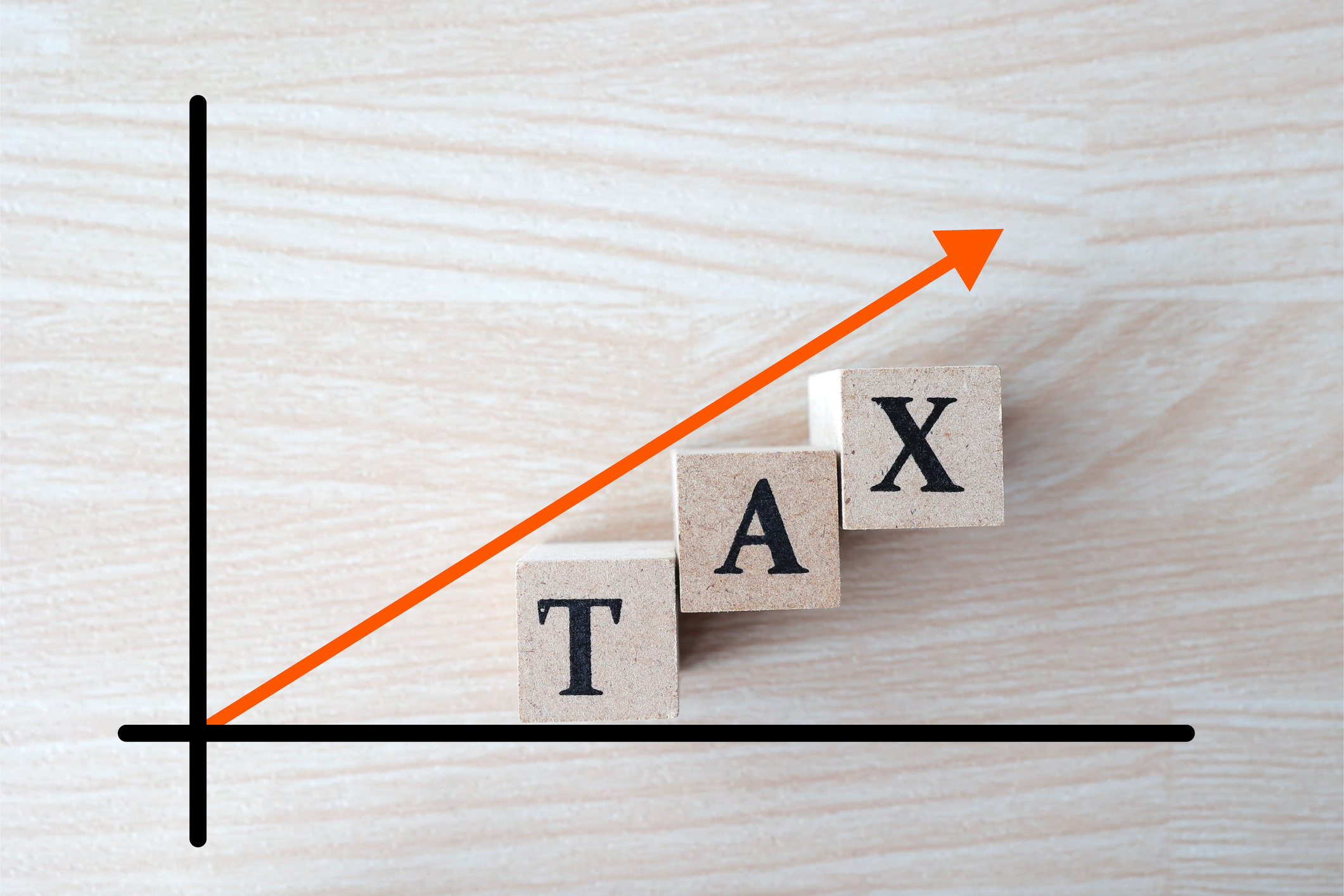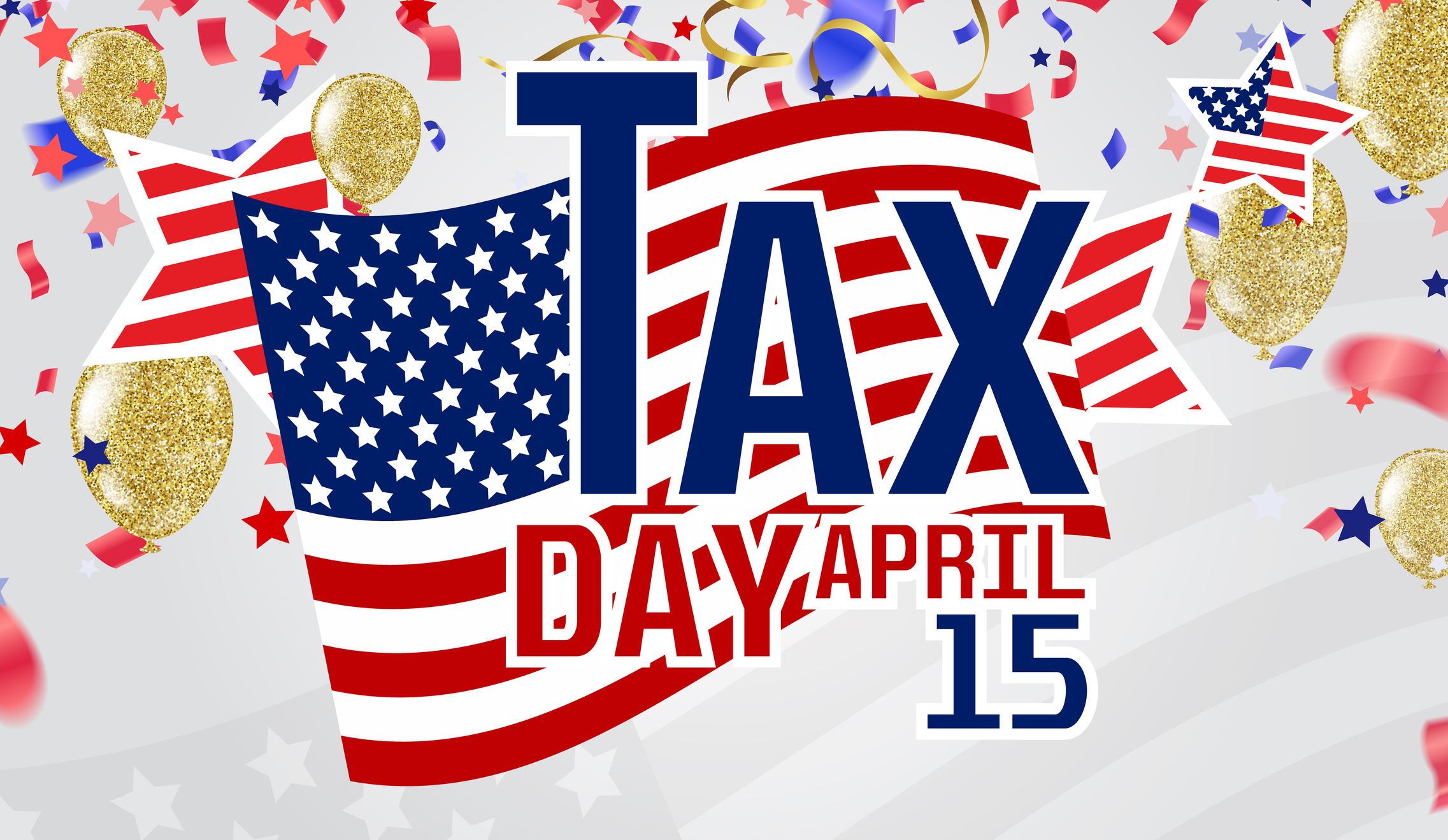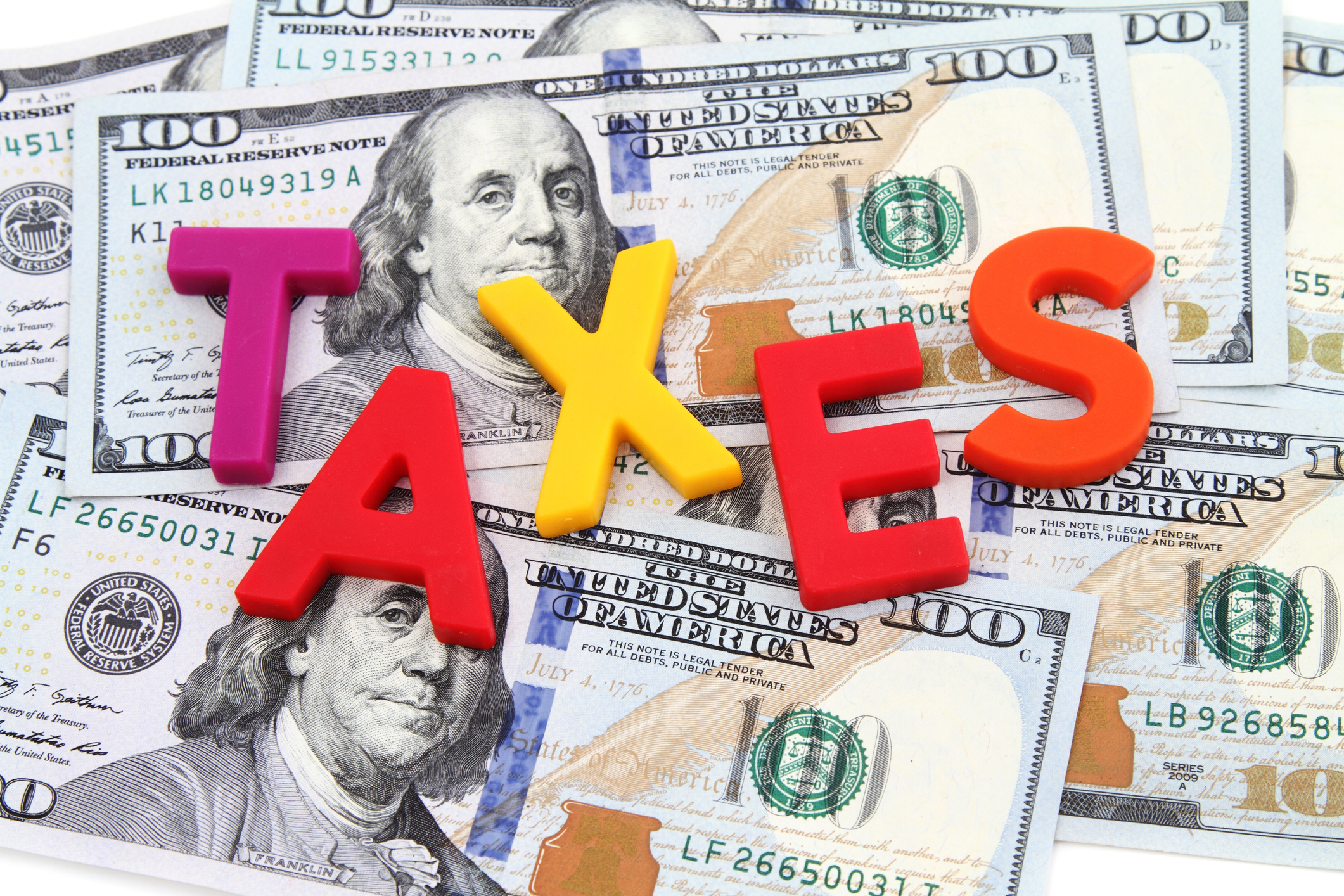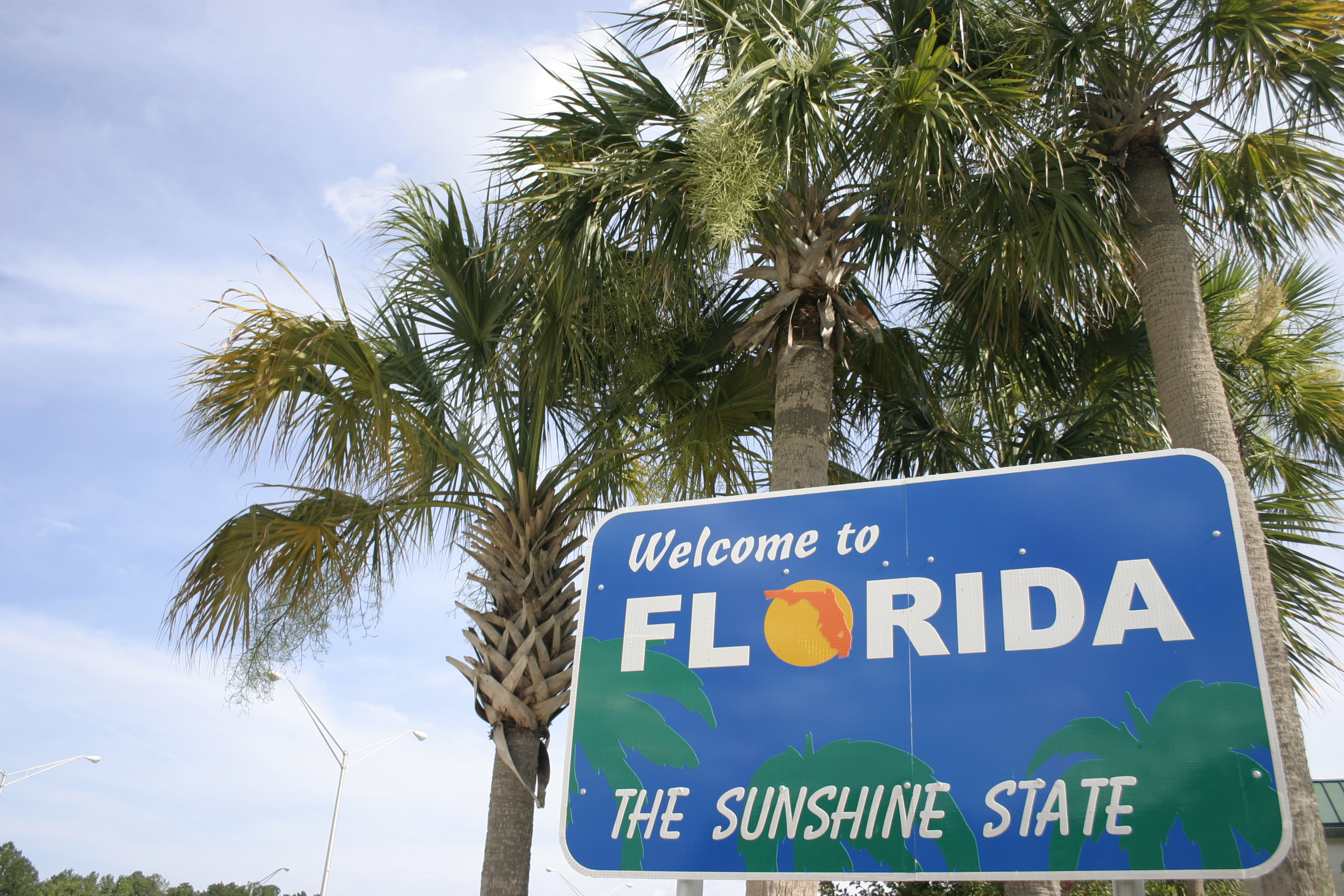Time Is Running Out on Energy-Efficient Home Improvement Tax Credits
Congress extended the deadline to December 31, 2013, for many energy-efficient improvements.

Can I still get a tax credit for home improvements?
Yes, but most of them are about to expire (again). Last year, Congress extended the tax credit for many energy-efficient home improvements through 2013. You can receive up to $500 in total tax credits for eligible home improvements you’ve made since 2006. If you haven’t already claimed a credit of $500 or more for eligible home improvements, then you may be able to take the break before the end of the year. The improvements must be to your principal residence.
The size of the credit depends on the type of improvement. The tax break applies to 10% of the purchase price (not installation costs) of certain insulation materials, energy-efficient windows ($200 limit for windows), external doors and skylights, metal roofs with pigmented coating, and asphalt roofs with cooling granules that meet certain Energy Star requirements.

Sign up for Kiplinger’s Free E-Newsletters
Profit and prosper with the best of expert advice on investing, taxes, retirement, personal finance and more - straight to your e-mail.
Profit and prosper with the best of expert advice - straight to your e-mail.
You can count both materials and labor costs for certain central air conditioners, biomass stoves, electric heat pumps and electric heat pump water heaters that meet specific energy-efficient guidelines -- up to a maximum of $300 each. You can count up to $150 for an eligible natural gas, propane or oil furnace or hot water boiler.
The items must meet specific energy-efficient requirements to qualify. See the U.S. Environmental Protection Agency’s tax breaks site, the Alliance to Save Energy tax credit page and the Tax Incentives Assistance Project for more information. Keep your receipts and the manufacturer’s certification of eligibility for your records.
Some alternative-energy improvements qualify for larger tax credits with a later deadline. You can take a credit worth 30% of the cost of buying and installing certain alternative-energy equipment, such as geothermal heat pumps, solar water heaters, solar panels, fuel cells and small wind-energy systems. You must make these improvements by December 31, 2016, and they aren’t subject to the $500 limit. See the Energy Star tax credit Web site for details on these credits. You can claim these credits by filing IRS Form 5695, “Residential Energy Credits,” which also includes more details about these credits.
If you don’t qualify for the federal incentives, see if you can get any state tax breaks for energy-efficient home improvements. For links to information about the programs in each state, see the American Council for an Energy-Efficient Economy site. For a list of several state and utility programs, see the Tax Incentives Assistance Project.
Get Kiplinger Today newsletter — free
Profit and prosper with the best of Kiplinger's advice on investing, taxes, retirement, personal finance and much more. Delivered daily. Enter your email in the box and click Sign Me Up.

As the "Ask Kim" columnist for Kiplinger's Personal Finance, Lankford receives hundreds of personal finance questions from readers every month. She is the author of Rescue Your Financial Life (McGraw-Hill, 2003), The Insurance Maze: How You Can Save Money on Insurance -- and Still Get the Coverage You Need (Kaplan, 2006), Kiplinger's Ask Kim for Money Smart Solutions (Kaplan, 2007) and The Kiplinger/BBB Personal Finance Guide for Military Families. She is frequently featured as a financial expert on television and radio, including NBC's Today Show, CNN, CNBC and National Public Radio.
-
 Married? Five Ways to Ensure Your Estate Plans Work in Tandem
Married? Five Ways to Ensure Your Estate Plans Work in TandemGetting on the same page now means fewer potential problems when it counts.
By Kiplinger Advisor Collective
-
 12 Investments No Retiree Should Make
12 Investments No Retiree Should MakeIn retirement, when it's wise to take fewer risks with your nest egg, some investments are just nuts.
By David Rodeck
-
 Trump’s Tax Cut Risks Your SNAP, Medicaid Benefits
Trump’s Tax Cut Risks Your SNAP, Medicaid BenefitsTax Cuts The GOP budget blueprint could slash lifesaving programs for millions of U.S. households.
By Gabriella Cruz-Martínez
-
 Missed Tax Day? Nearly One Million Taxpayers Still Can File and Claim Valuable Tax Refunds
Missed Tax Day? Nearly One Million Taxpayers Still Can File and Claim Valuable Tax RefundsTax Refunds As many as one million taxpayers could be missing out on a significant tax refund.
By Gabriella Cruz-Martínez
-
 Which Generation Pays the Most Tax in the US?
Which Generation Pays the Most Tax in the US?Tax Burden Polls show that most people feel like taxes are unfair. But which age group bears the brunt of the tax burden in the United States?
By Kelley R. Taylor
-
 How the Trump Harvard IRS Tax Threat Could Impact You
How the Trump Harvard IRS Tax Threat Could Impact YouTax Law Trump's latest higher education showdown raises fundamental questions that could reach beyond Harvard's nonprofit tax status.
By Kelley R. Taylor
-
 Tax Day 2025: Don’t Miss These Freebies, Food Deals and Discounts
Tax Day 2025: Don’t Miss These Freebies, Food Deals and DiscountsTax Day You can score some sweet deals on April 15 in some select restaurants like Burger King, Shake Shack, and more.
By Gabriella Cruz-Martínez
-
 Tax Time: Does Your Kid Influencer Owe Taxes?
Tax Time: Does Your Kid Influencer Owe Taxes?State Tax Some minors are making big money on social media. Here’s how to know if they need to file taxes.
By Gabriella Cruz-Martínez
-
 Did Florida’s Chance at $1,000 in Property Tax Rebates Vanish?
Did Florida’s Chance at $1,000 in Property Tax Rebates Vanish?State Taxes The Florida Legislature bypassed Gov. Ron DeSantis’ wish to cut property taxes and instead voted to lower the state’s sales tax.
By Gabriella Cruz-Martínez
-
 How Caregivers for Adults Can Save on Taxes in 2025
How Caregivers for Adults Can Save on Taxes in 2025Tax Breaks Caring for your parent or spouse can be stressful, but the IRS offers tax breaks for qualifying taxpayers. Here they are.
By Kate Schubel